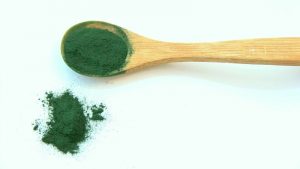However some people have a deficiency of these enzymes and, therefore, if these substances are ingested, they enter the blood directly without being neutralized, triggering vasodilation (the widening of blood vessels), followed or preceded by vasoconstriction (the narrowing of the blood vessels) which leads to headaches, anxiety, a fast heart rate and hives. This is even affected by how foods are cooked: fried food, regardless of the food, is greatly responsible for these ailments.
Drinks are not to be overlooked: too much coffee, wine or other alcoholic drinks can favor the onset of migraine.
Even additives contained in foods, such as canned meat nitrite and the glutamate used in the preparation of nuts, can trigger migraines.
How can we prevent these phenomena? In most cases it is enough to avoid or limit the foods that trigger these ailments, but when the crisis is already underway there are some natural substances that can help. In particular, ginger is a substance with pronounced antihistamine properties, that is, it counteracts the effects of histamine, including the vasoconstriction responsible for migraine. It is a perennial herbaceous plant of Asian origins whose roots are used and can be consumed both as a seasoning, grated on soups, on meat or on boiled vegetables, or taken as herbal tea, mixing it with half a teaspoon of honey or maple syrup .
Recent studies have also attributed other properties to this root, for example against bad digestion: in fact it is capable of acting on the digestive system, in cases of loss of appetite or slow and laborious digestion and, it seems also, against nausea.
Turmeric is an anti-inflammatory with a mechanism similar to that of ginger, which inhibits several “pro-inflammatory” molecules and is an antioxidant. It is used in powder on salads, vegetables and dishes or by mixing it with a vegetable milk, honey, almond oil and pepper.






